The world’s oceans are teeming with life, from the smallest plankton to the largest whales. However, many marine species are facing unprecedented threats from human activities such as overfishing, habitat destruction, pollution, and climate change. In this article, we highlight the top 20 most endangered marine animals, showcasing the urgent need for conservation efforts to protect these incredible creatures. Each of these species plays a crucial role in maintaining the health of marine ecosystems, and their loss would have far-reaching consequences. By understanding the challenges they face and the importance of their survival, we can work together to ensure these marine animals continue to thrive for generations to come.
Vaquita
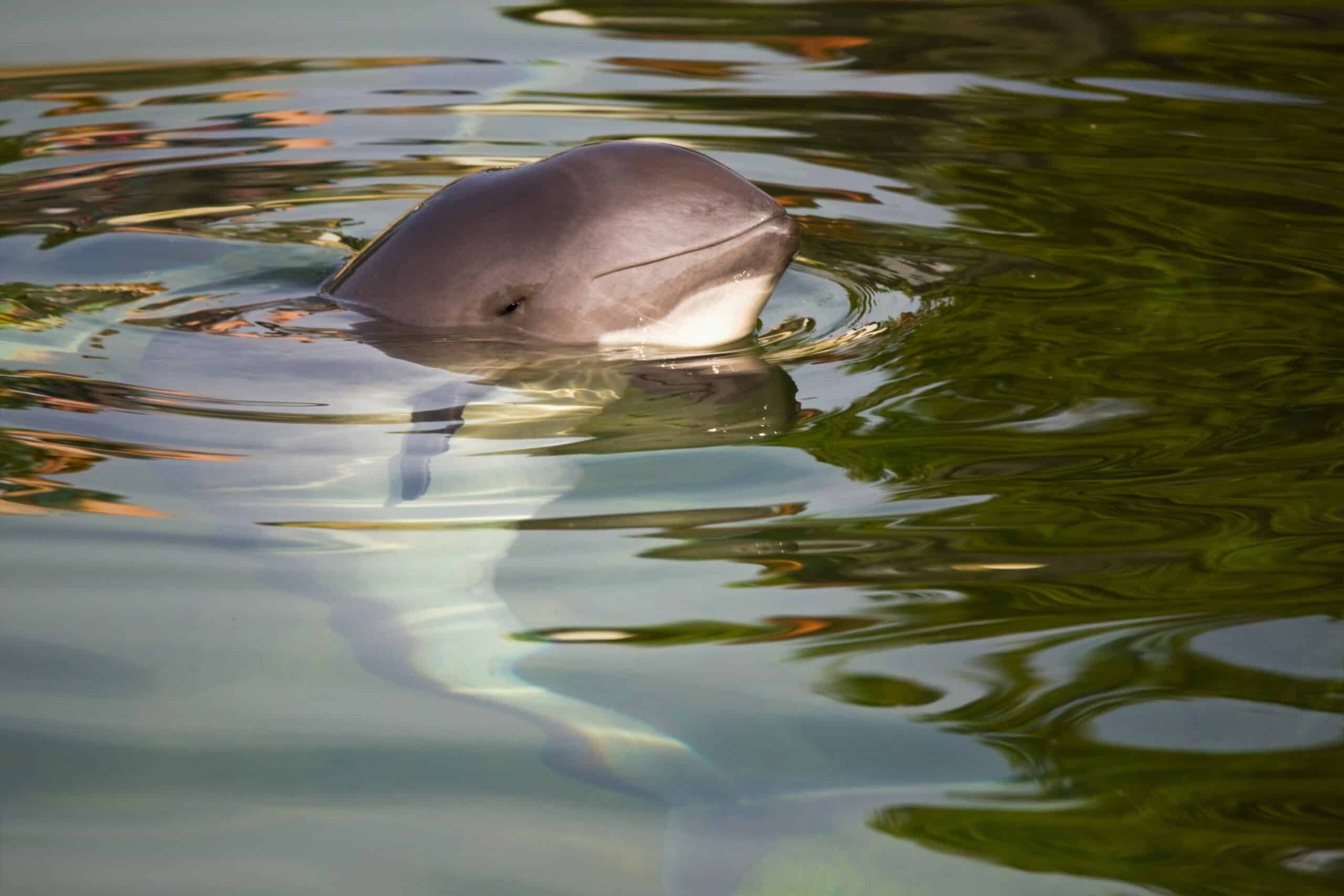
The vaquita, also known as the “little cow,” is the smallest and most critically endangered marine mammal in the world. Endemic to the northern Gulf of California, Mexico, fewer than 10 individuals are estimated to remain. The primary threat to the vaquita is bycatch in illegal gillnets used for capturing the totoaba fish, whose swim bladders are highly valued in traditional Chinese medicine. The vaquita’s decline is exacerbated by the difficulty in enforcing fishing bans in the region. Efforts to save the vaquita include stricter enforcement of gillnet bans, promoting alternative livelihoods for local fishermen, and captive breeding programs, although the latter has proven to be challenging.
North Atlantic Right Whale
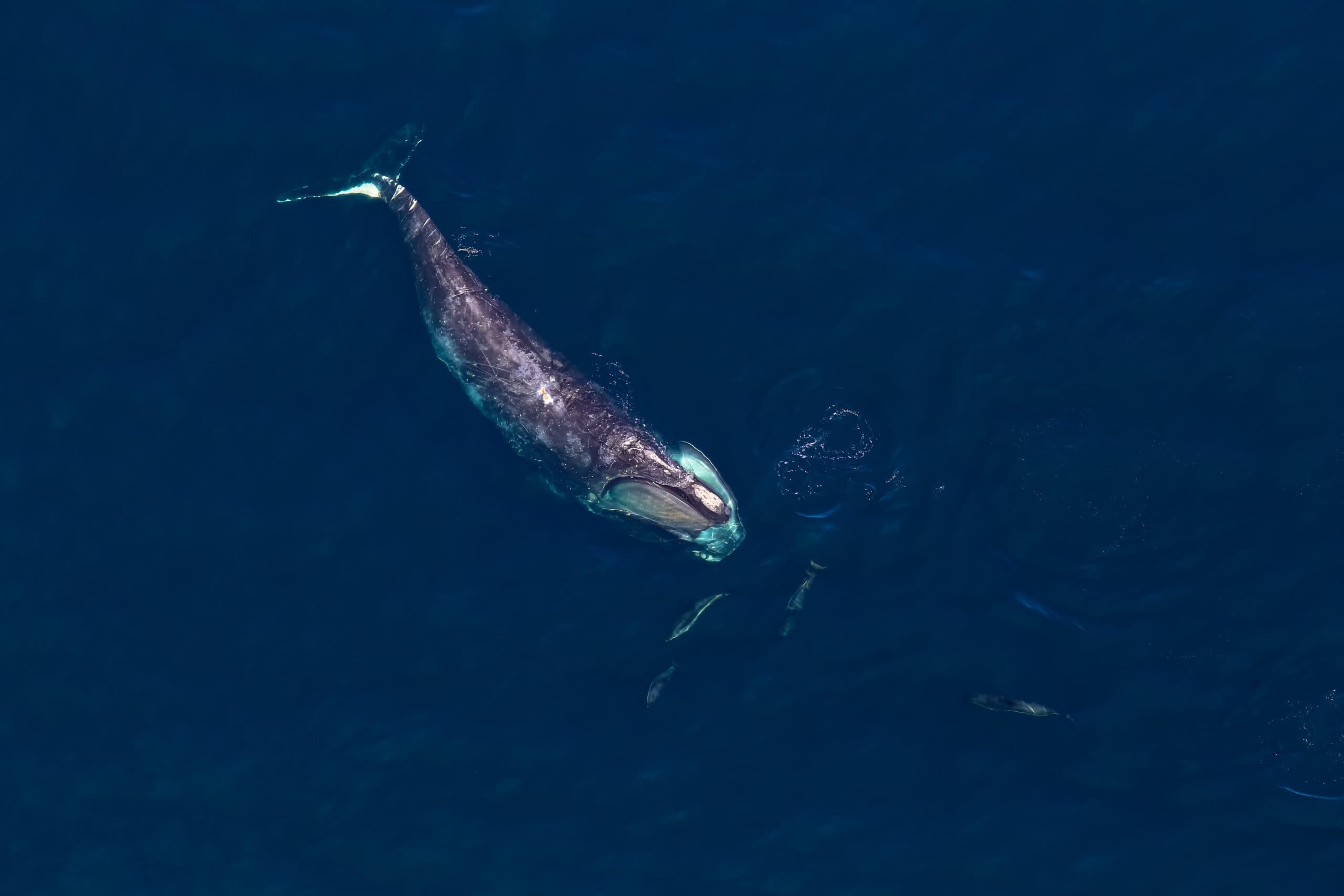
The North Atlantic right whale, once hunted to the brink of extinction, is now one of the most endangered whale species, with fewer than 350 individuals remaining. These whales migrate along the eastern coast of North America, where they face threats from ship strikes and entanglement in fishing gear. Climate change also affects their primary food source, zooplankton, which further complicates their survival. Conservation measures include rerouting shipping lanes, implementing speed restrictions in whale habitats, and developing ropeless fishing gear to reduce entanglements. Public awareness campaigns are also crucial in highlighting the plight of these majestic creatures.
Yangtze Finless Porpoise
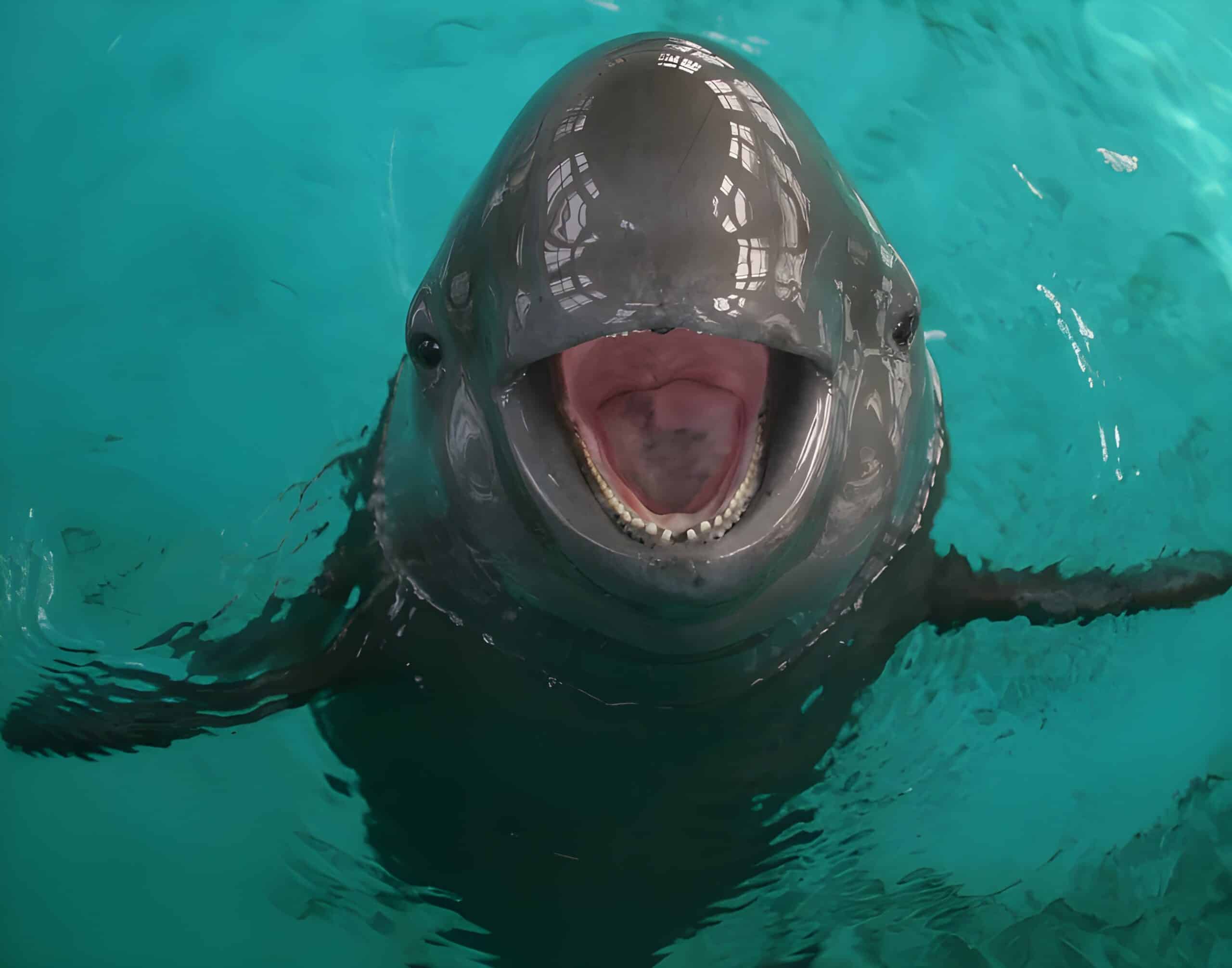
The Yangtze finless porpoise is critically endangered, with a population of approximately 1,000 individuals confined to the Yangtze River in China. This freshwater porpoise faces multiple threats, including habitat destruction from dam construction, water pollution, and illegal fishing practices. The porpoise’s habitat has been severely fragmented, limiting their ability to find food and reproduce. Conservation initiatives focus on creating and maintaining protected areas, improving water quality, and implementing captive breeding programs to boost their population. Additionally, efforts to reduce human impact and promote sustainable fishing practices are essential for the species’ survival.
Hawaiian Monk Seal
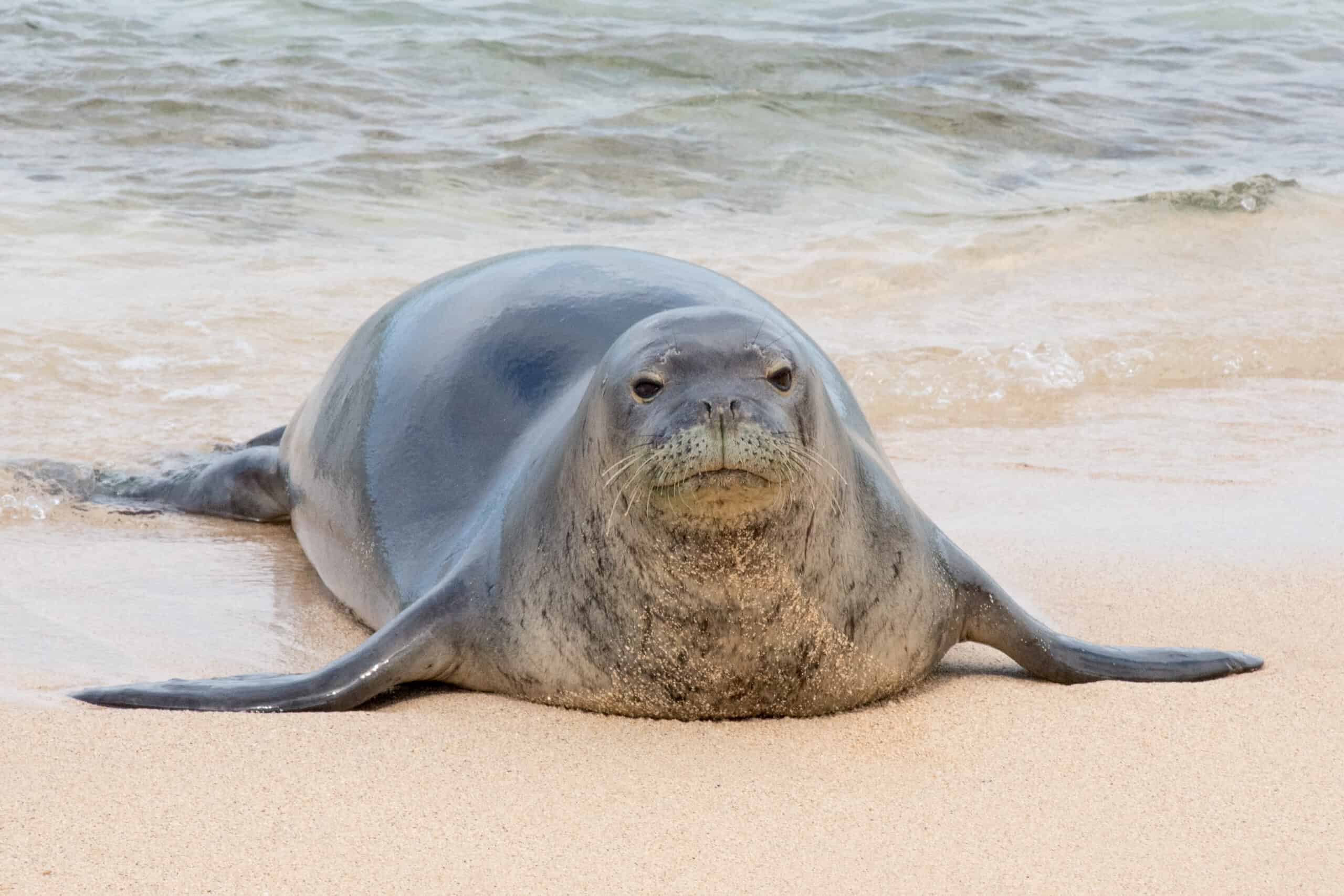
The Hawaiian monk seal is critically endangered, with around 1,400 individuals remaining, primarily found in the Northwestern Hawaiian Islands. Threats to this species include entanglement in marine debris and fishing gear, habitat loss due to rising sea levels, human disturbance, and disease. Conservation strategies involve protecting critical habitats, removing marine debris, rescuing and rehabilitating injured seals, and addressing human-seal interactions through public education and community engagement. Research into disease prevention and treatment is also a key component of conservation efforts.
Hawksbill Sea Turtle
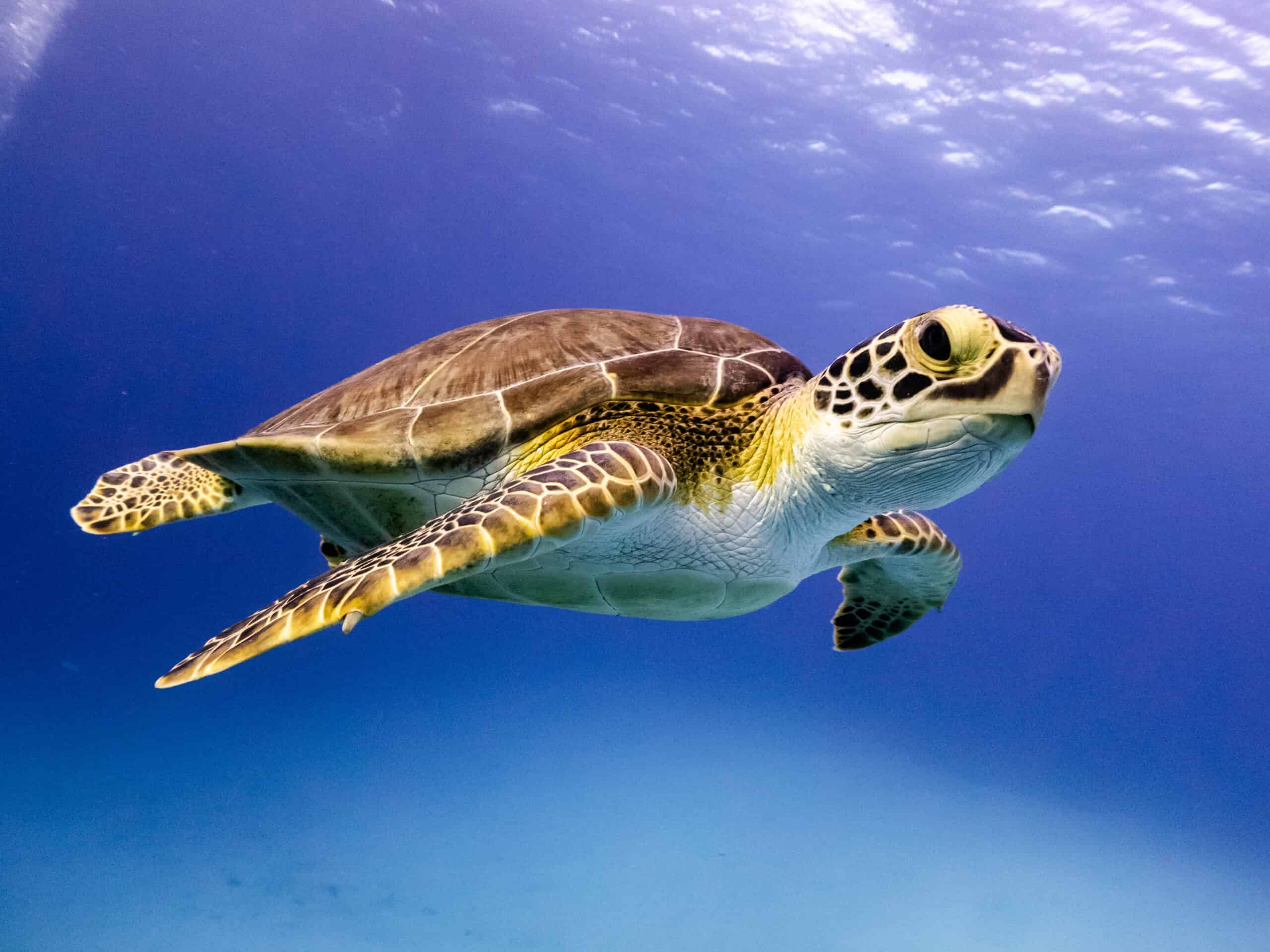
Hawksbill sea turtles are critically endangered, with their populations declining by over 80% in the last century. These turtles are primarily threatened by the illegal trade of their shells, known as “tortoiseshell,” used in jewelry and ornaments. Additional threats include habitat destruction, climate change affecting nesting sites, and accidental capture in fishing gear. Conservation efforts focus on protecting nesting beaches, enforcing international bans on the trade of turtle products, and promoting sustainable fishing practices to reduce bycatch. Efforts to combat climate change and restore coral reef habitats, which are vital for hawksbill feeding, are also crucial.
Kemp’s Ridley Sea Turtle
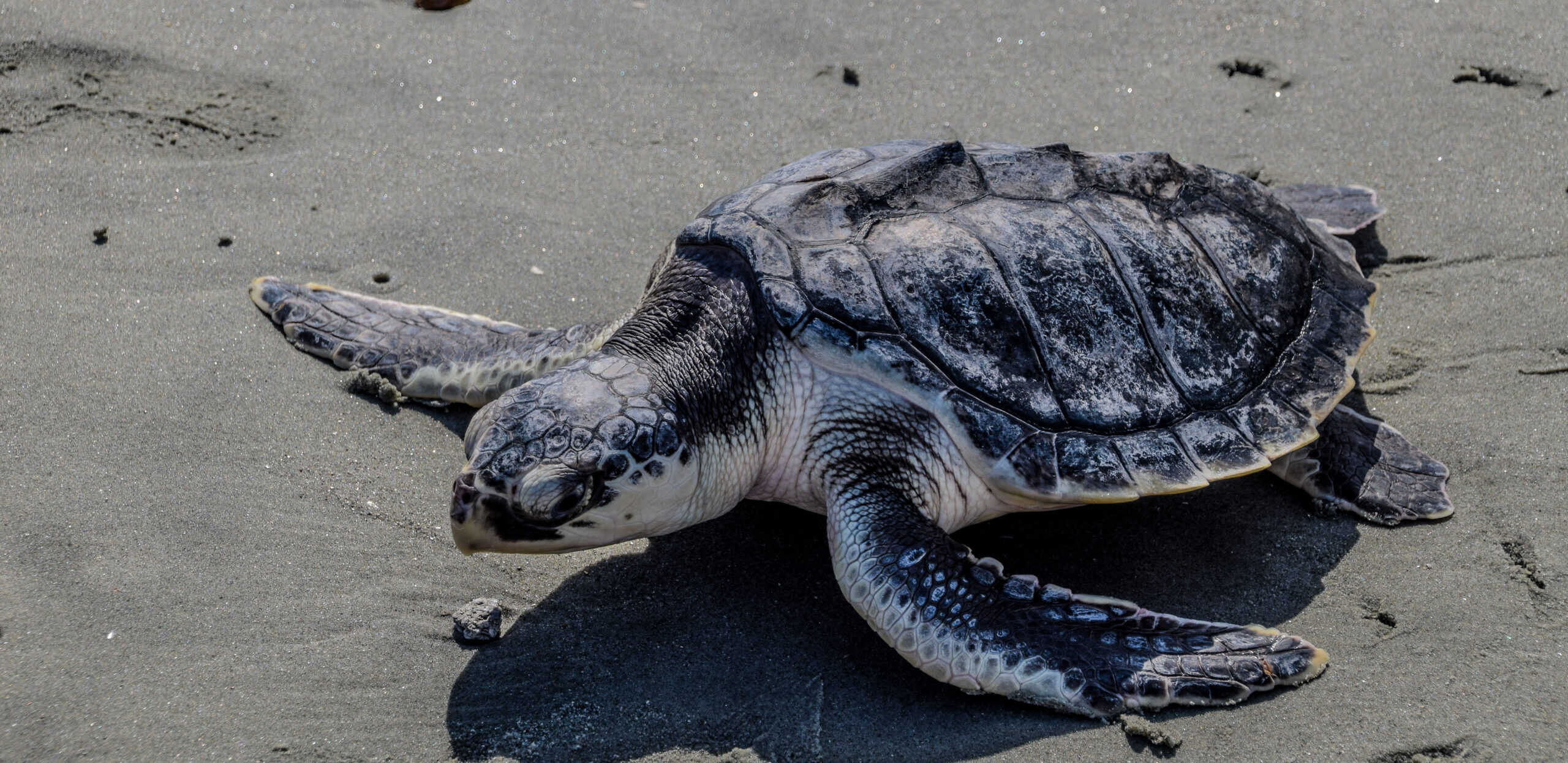
Kemp’s Ridley sea turtles are the rarest and most endangered of all sea turtles, with their primary nesting sites located on the Gulf coast of Mexico and Texas. Historical overharvesting of eggs and bycatch in shrimp trawls significantly reduced their numbers. Conservation efforts have included strict protection of nesting sites, especially during the mass nesting events known as arribadas, and the introduction of turtle excluder devices (TEDs) in shrimp trawls to prevent bycatch. These measures have helped to increase the population, but continued vigilance is necessary to ensure their recovery.
Giant Manta Ray
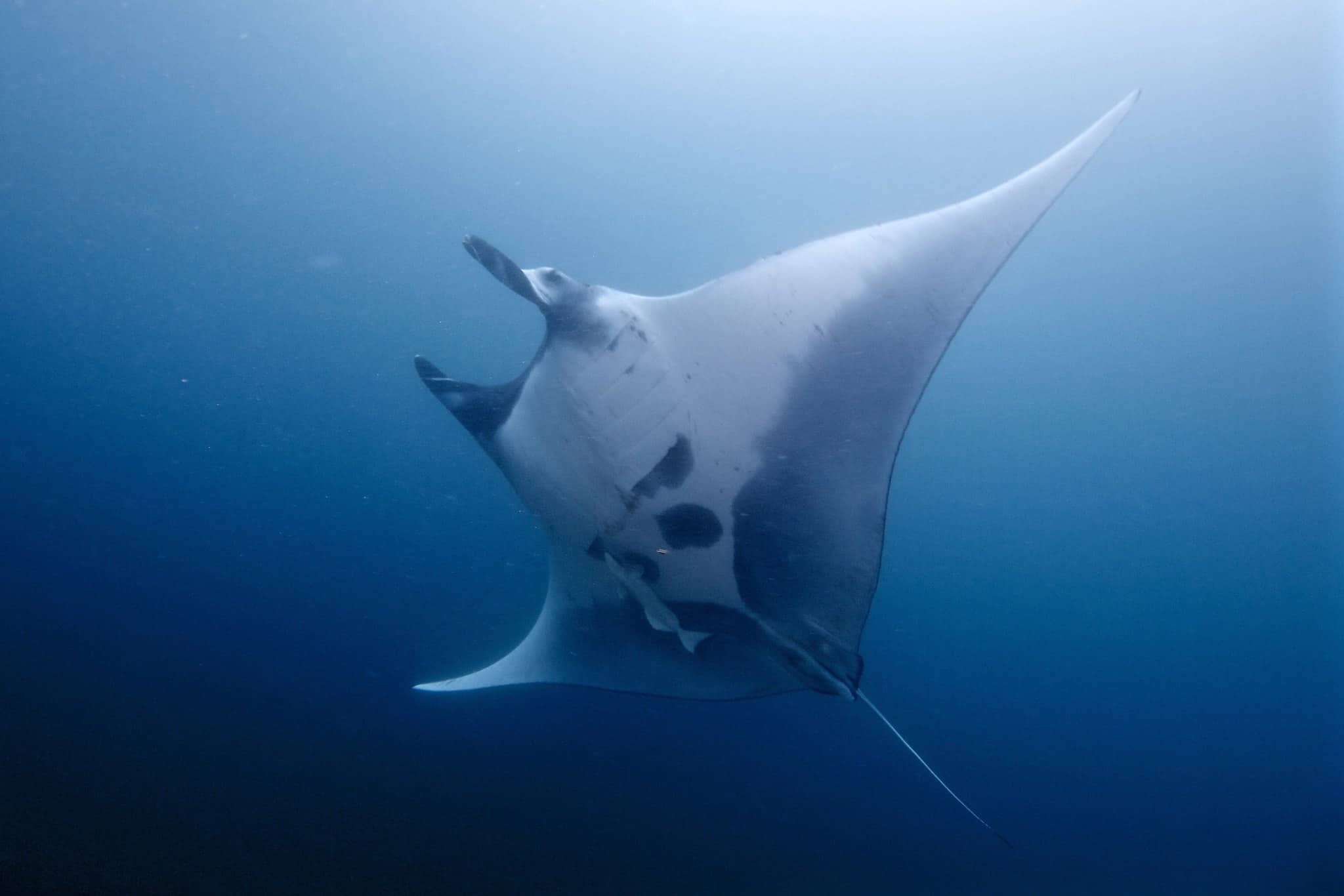
Giant manta rays, known for their large size and graceful movements, are classified as endangered. They are primarily threatened by overfishing, both targeted and as bycatch, as well as habitat degradation and pollution. Manta rays are hunted for their gill rakers, used in traditional Chinese medicine. Conservation efforts focus on implementing fishing regulations, protecting critical habitats like cleaning stations and feeding areas, and raising awareness about the ecological importance of manta rays. Marine protected areas and international cooperation are vital for the effective conservation of this migratory species.
Whale Shark
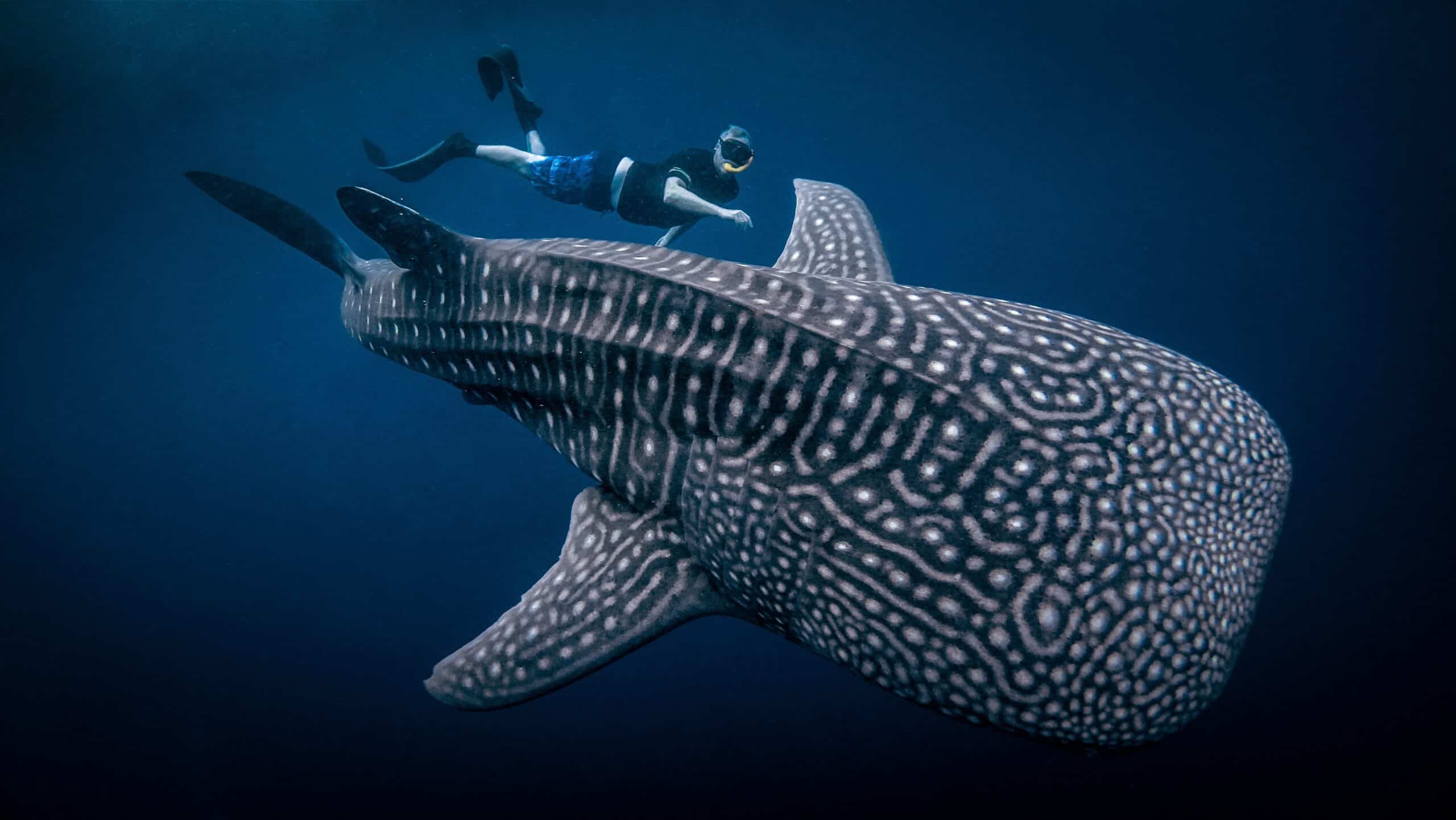
The whale shark, the largest fish in the ocean, is endangered due to overfishing, bycatch, and habitat destruction. These gentle giants are often targeted for their meat, fins, and oil. Whale sharks also face threats from ship strikes and the degradation of plankton-rich feeding areas. Conservation measures include international regulations to protect whale sharks, the establishment of marine protected areas, and eco-tourism initiatives that provide economic incentives for local communities to protect these animals. Research on whale shark migration patterns and population dynamics is essential to inform conservation strategies.
Florida Manatee
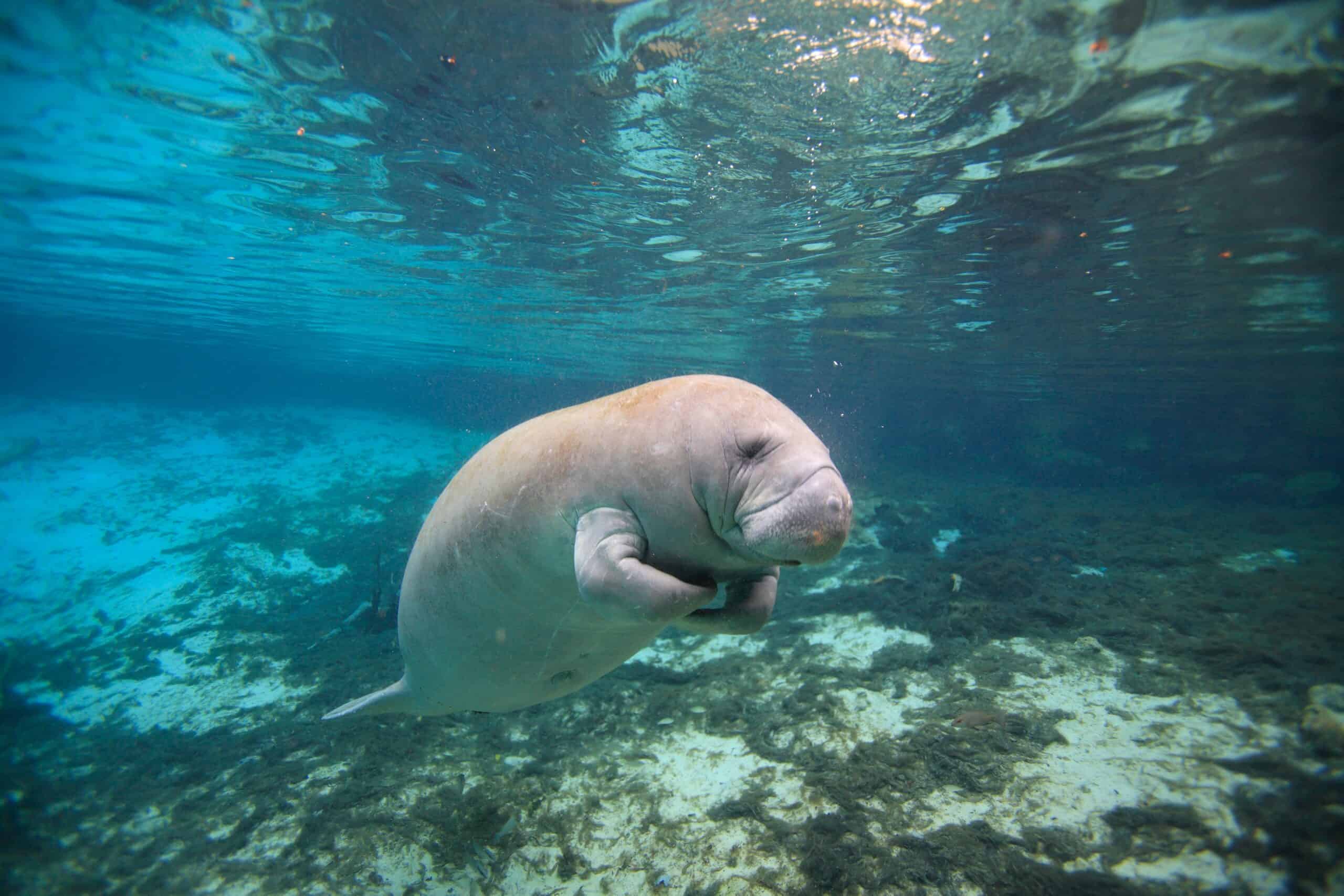
The Florida manatee, a subspecies of the West Indian manatee, is classified as vulnerable, with threats including boat strikes, habitat loss, and entanglement in fishing gear. These gentle herbivores are dependent on warm water habitats, which are increasingly under threat from coastal development and pollution. Conservation efforts include the creation of manatee protection zones, restoration of seagrass beds, rescue and rehabilitation programs, and public education campaigns to reduce boat collisions. Efforts to address water quality issues and restore natural springs are also crucial for manatee conservation.
Blue Whale
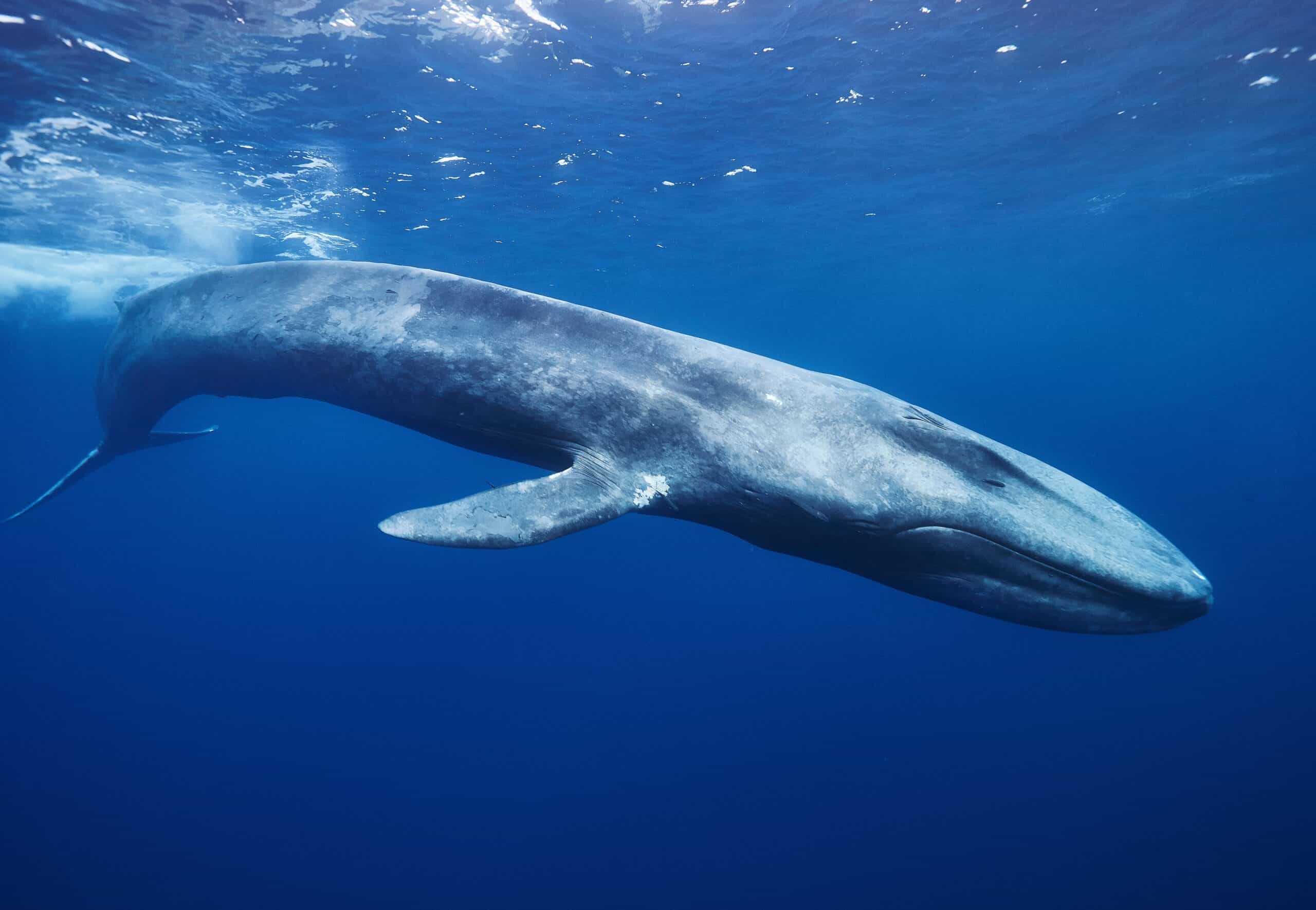
The blue whale, the largest animal ever known to have existed, is endangered, with only a few thousand individuals remaining. Primary threats include ship strikes, entanglement in fishing gear, and the impacts of climate change on their krill food source. Conservation measures involve rerouting shipping lanes, implementing speed restrictions, and enhancing monitoring and enforcement of fishing regulations. International cooperation through organizations like the International Whaling Commission is vital for the conservation of blue whales, alongside public awareness campaigns to highlight their plight.
River Dolphins
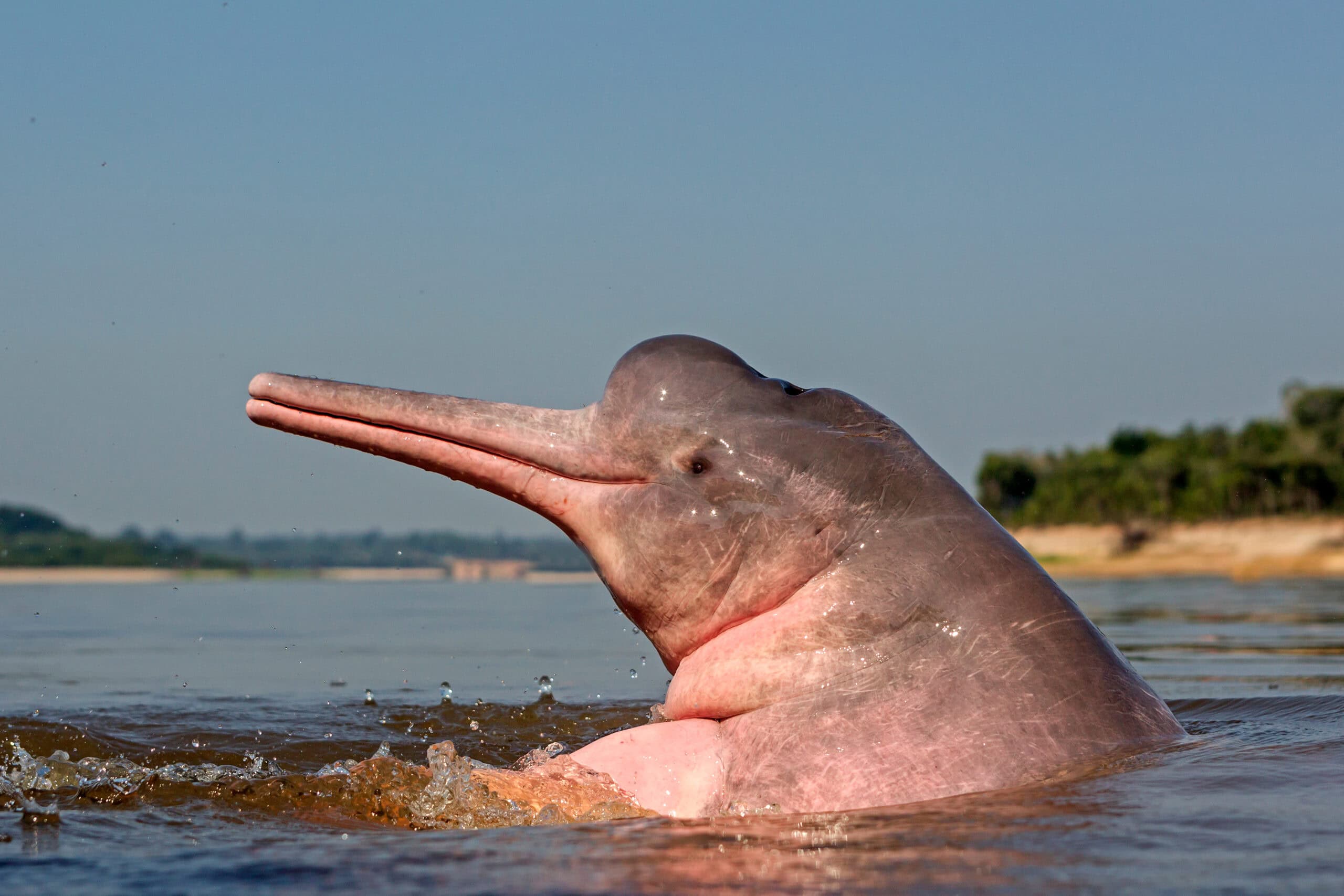
River dolphins, including species like the Amazon river dolphin and the Ganges river dolphin, are critically endangered due to habitat destruction, pollution, and entanglement in fishing gear. Dams and water diversion projects have fragmented their habitats, making it difficult for them to find food and reproduce. Conservation efforts focus on habitat protection, improving water quality, and establishing protected areas. Public awareness and engagement with local communities are also crucial for the conservation of these unique freshwater dolphins.
Galapagos Penguin
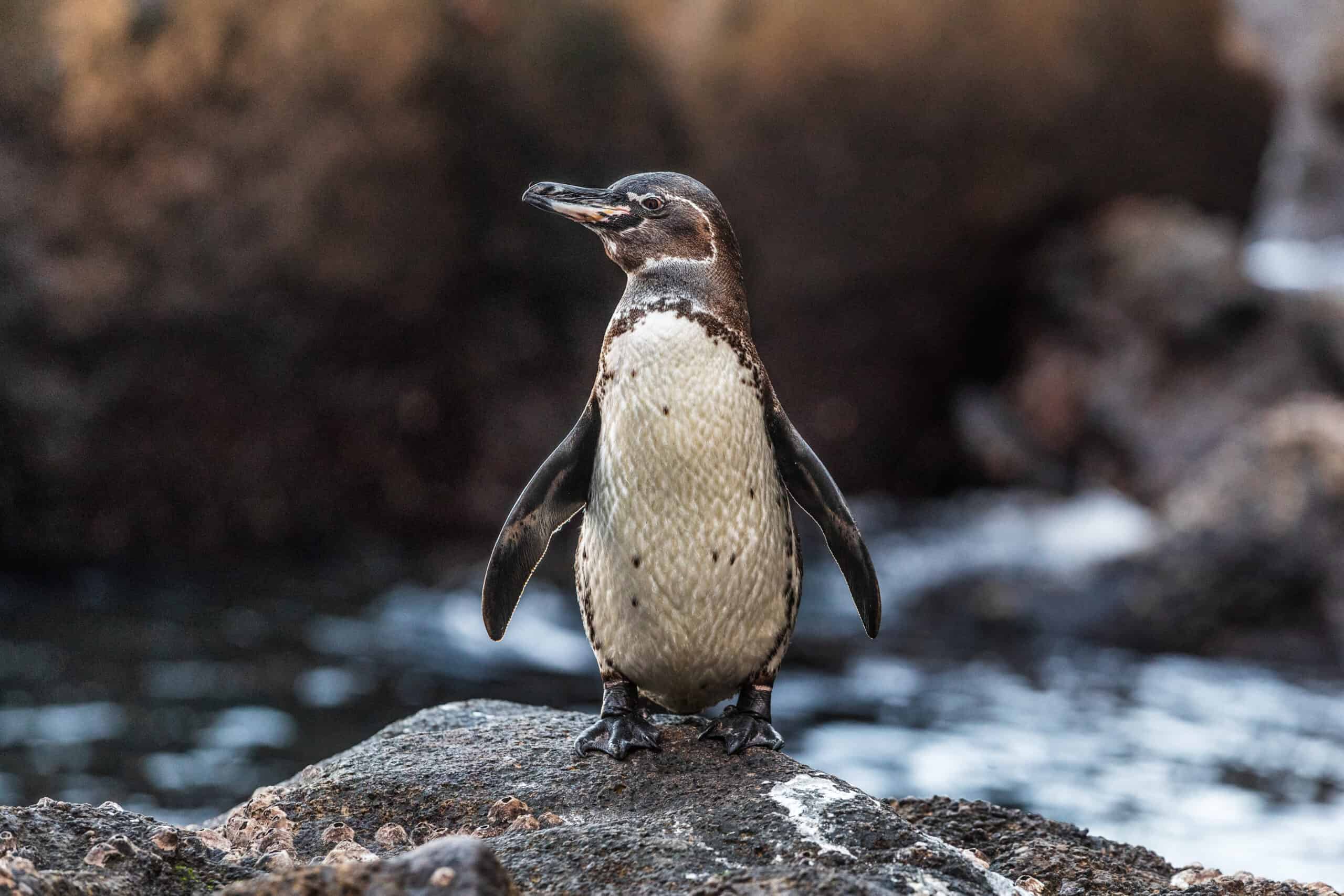
The Galapagos penguin, the only penguin species found north of the equator, is endangered, with a population of fewer than 2,000 individuals. Threats include climate change, which affects their food supply, and introduced predators such as cats and rats. Conservation efforts include habitat protection, predator control, and monitoring of penguin populations. Climate change mitigation and the protection of marine resources are also essential to ensure the survival of these unique penguins.
Northern Fur Seal
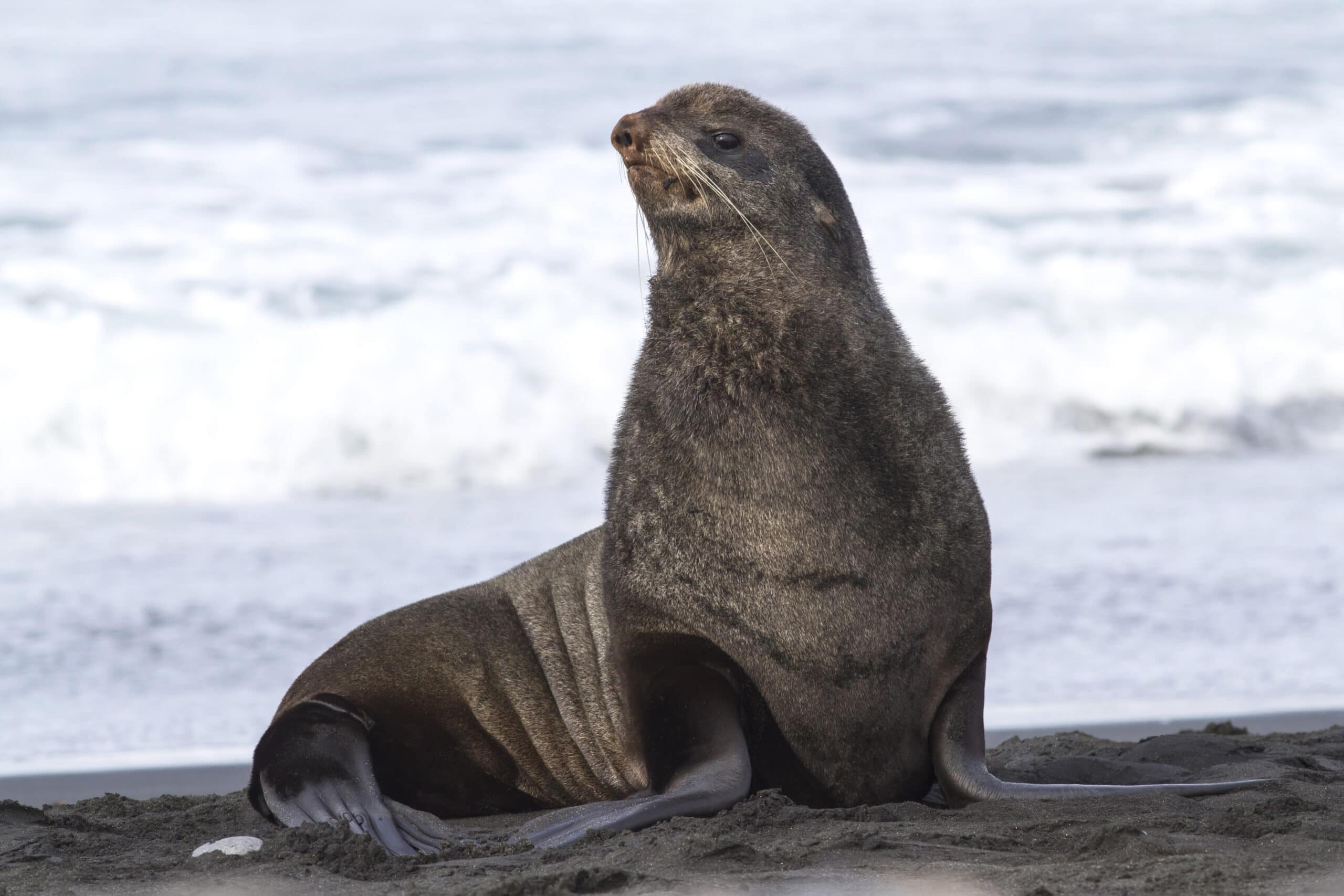
Northern fur seals, found in the North Pacific Ocean, are vulnerable due to historical overhunting, entanglement in fishing gear, and climate change affecting their prey. Conservation measures include protecting breeding sites, regulating fisheries to reduce bycatch, and monitoring seal populations. Efforts to address climate change and its impact on marine ecosystems are also critical for the conservation of northern fur seals.
Southern Bluefin Tuna
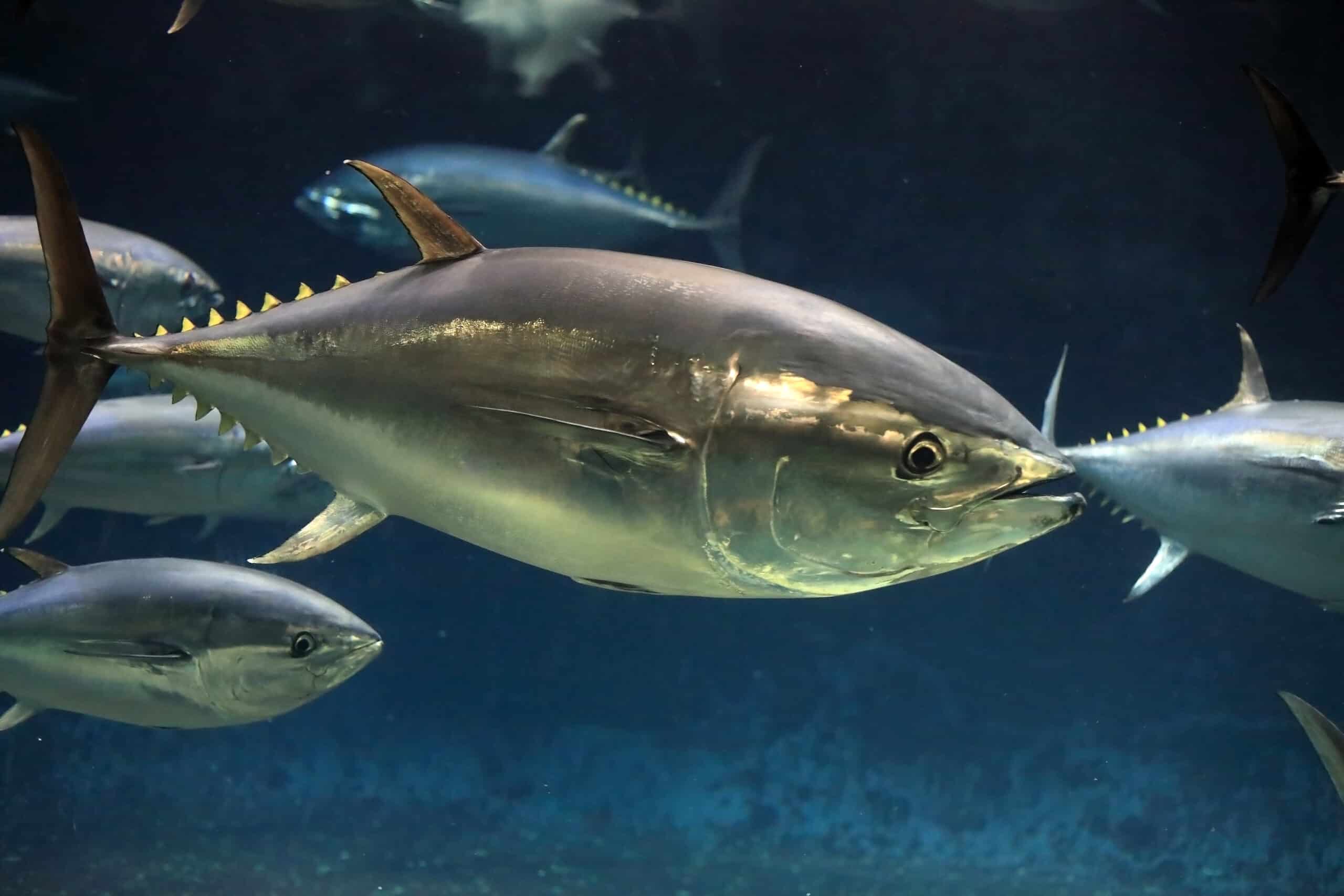
Southern bluefin tuna are critically endangered due to overfishing driven by high demand for their meat in sushi and sashimi markets. Their slow growth and late maturity make them particularly vulnerable to overexploitation. Conservation efforts focus on international cooperation to set and enforce sustainable fishing quotas, monitoring and enforcement of fishing activities, and promoting consumer awareness about sustainable seafood choices. Research on tuna populations and migration patterns is essential for effective management and conservation.
Dugong
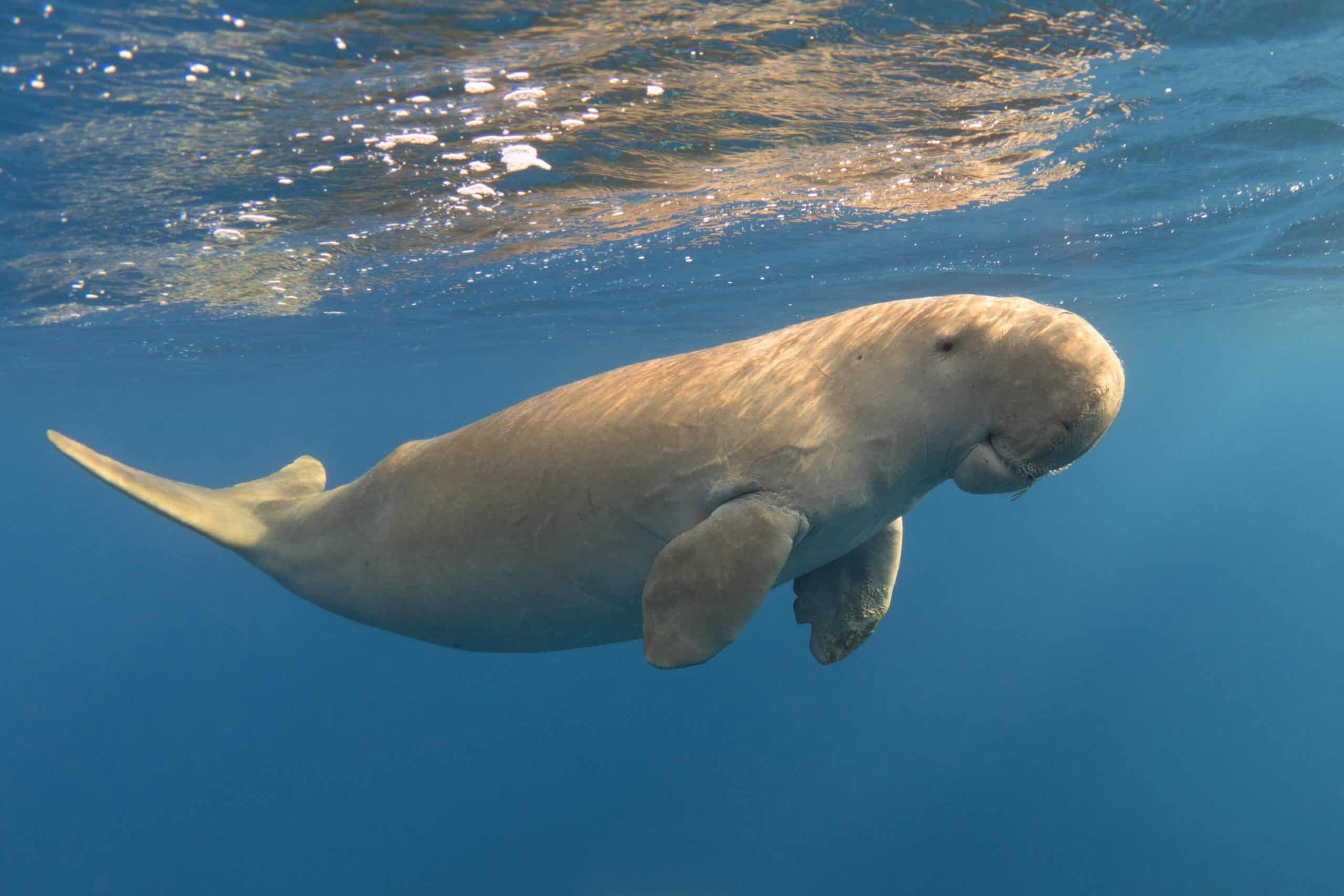
Dugongs, marine mammals closely related to manatees, are vulnerable due to habitat loss, boat strikes, and entanglement in fishing gear. These gentle herbivores are dependent on seagrass beds, which are declining due to coastal development, pollution, and climate change. Conservation efforts include protecting and restoring seagrass habitats, creating marine protected areas, and implementing measures to reduce boat collisions and bycatch. Public awareness and community engagement are also crucial for the conservation of dugongs.
Coral Reefs
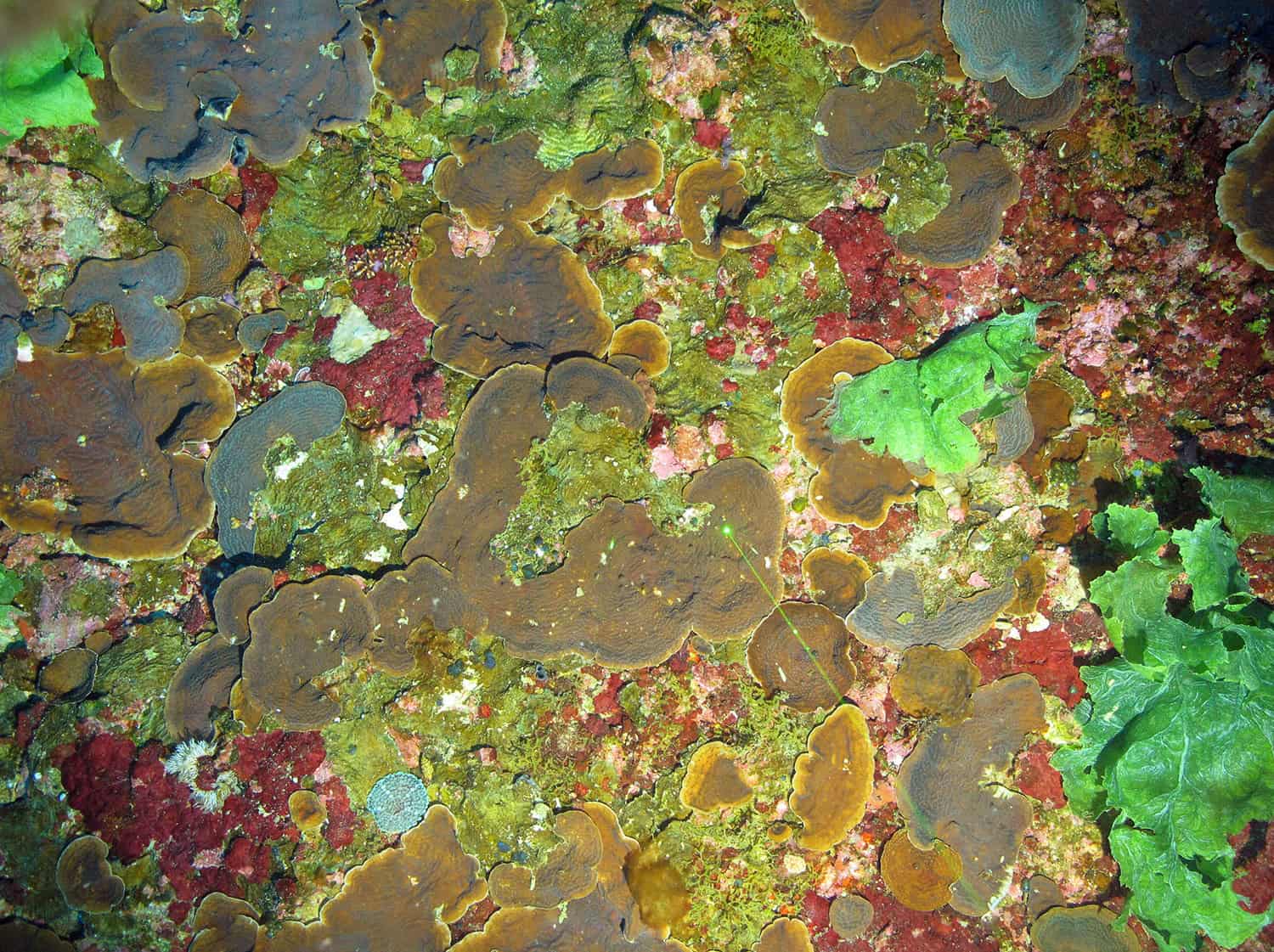
Coral reefs, often referred to as the “rainforests of the sea,” are critically endangered due to climate change, ocean acidification, pollution, overfishing, and destructive fishing practices. Coral bleaching, caused by rising sea temperatures, is a significant threat to reef ecosystems. Conservation efforts include establishing marine protected areas, reducing carbon emissions, promoting sustainable fishing practices, and restoring damaged reefs through coral transplantation and other techniques. Public education and engagement are also essential for the protection of coral reefs.
Smalltooth Sawfish
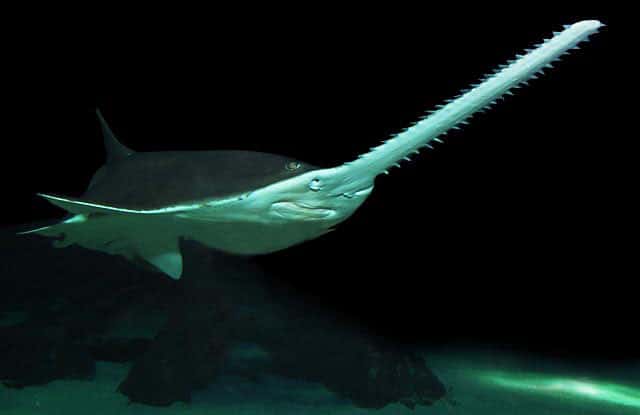
The smalltooth sawfish, characterized by its long, saw-like snout, is critically endangered due to habitat loss, bycatch, and targeted fishing for their fins and rostrums. These ancient fish are primarily found in coastal and estuarine habitats, which are increasingly threatened by human activities. Conservation efforts include protecting critical habitats, implementing fishing regulations, and conducting research on sawfish populations and behavior. Public awareness and education are also crucial for reducing threats to sawfish.
White Abalone
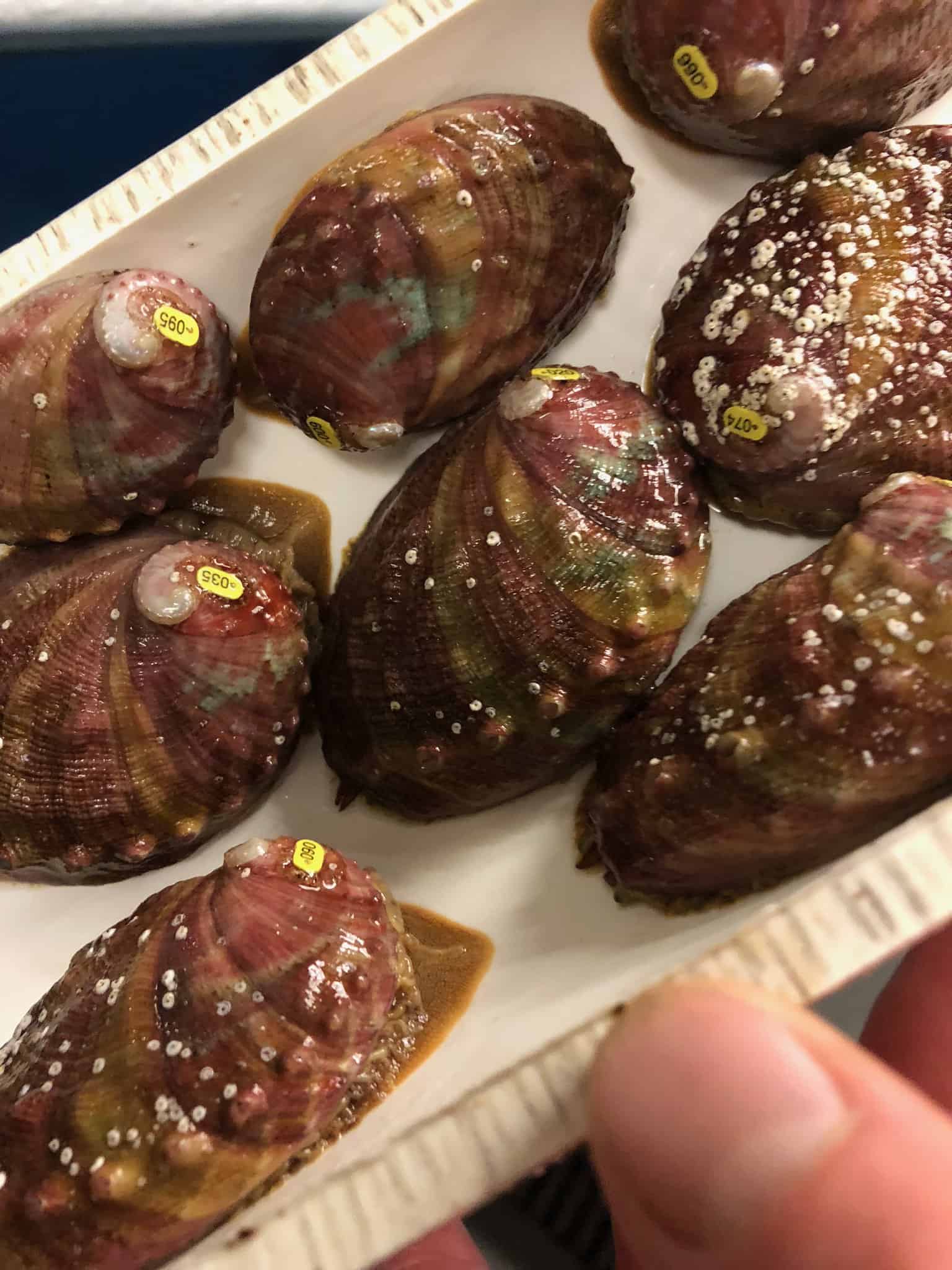
White abalones are critically endangered due to overharvesting, disease, and habitat degradation. These marine mollusks were heavily exploited for their meat and shells, leading to a dramatic decline in their populations. Conservation efforts focus on captive breeding and reintroduction programs, habitat restoration, and enforcing regulations to prevent illegal harvesting. Research on abalone health and population dynamics is essential for their recovery.
Green Turtle
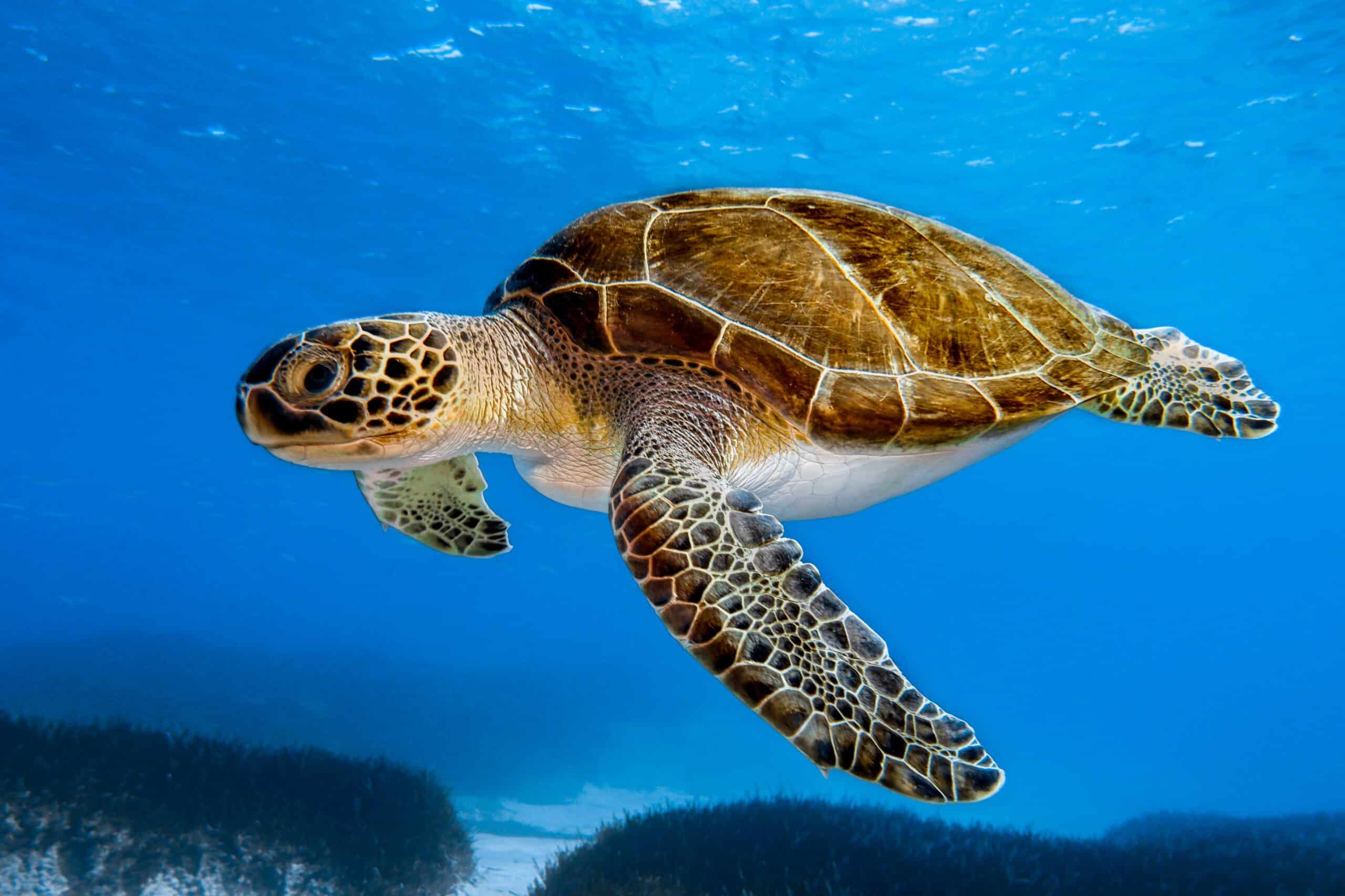
Green turtles are endangered due to habitat loss, poaching for their meat and eggs, bycatch in fishing gear, and pollution. These turtles are crucial for maintaining healthy seagrass beds and coral reefs. Conservation efforts include protecting nesting beaches, reducing bycatch through fishing gear modifications, and enforcing laws against illegal trade. Public education and community engagement are also vital for the conservation of green turtles.
Marine Iguana
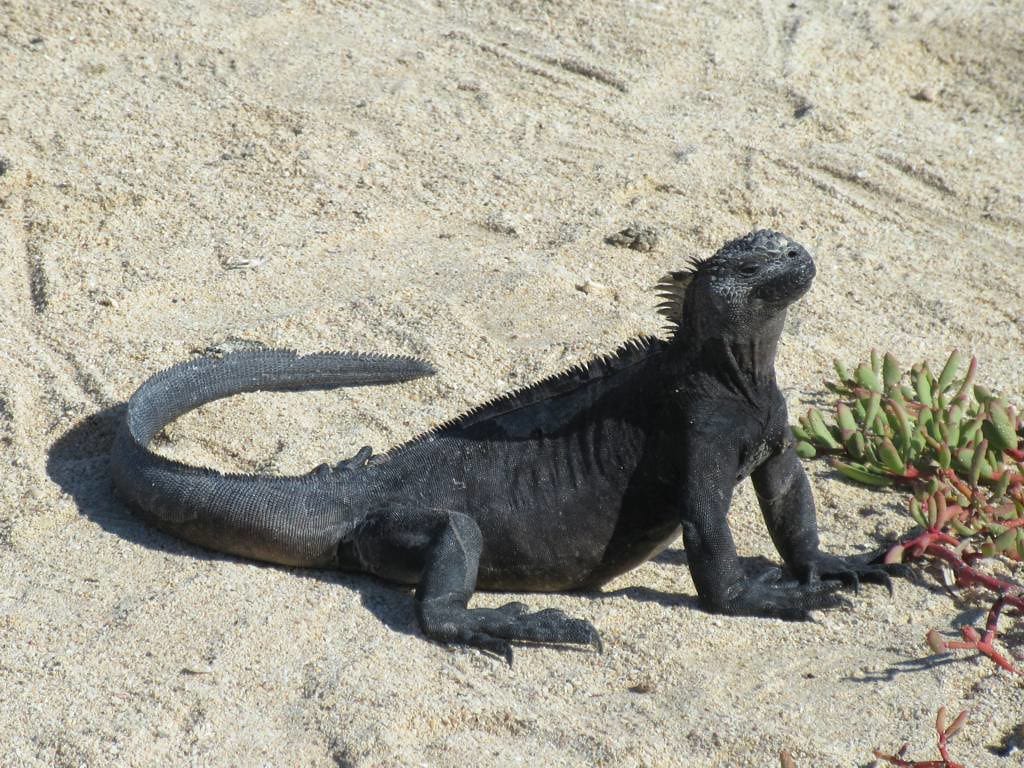
Marine iguanas, unique to the Galapagos Islands, are vulnerable due to climate change, habitat degradation, and introduced predators. These reptiles are the only lizards that forage in the sea, primarily feeding on algae. Conservation efforts focus on protecting their habitats, controlling invasive species, and monitoring iguana populations. Research on the impacts of climate change and conservation strategies are crucial for the survival of marine iguanas.
This article originally appeared on Rarest.org.
More from Rarest.org
17 Most Valuable Formula 1 Teams

Formula 1 is home to some of the most valuable and storied teams in motorsport history. These teams have built their reputations through a combination of engineering excellence, strategic partnerships, and competitive success on the track. Read more.
The 15 Most Historic Theaters You Can Visit
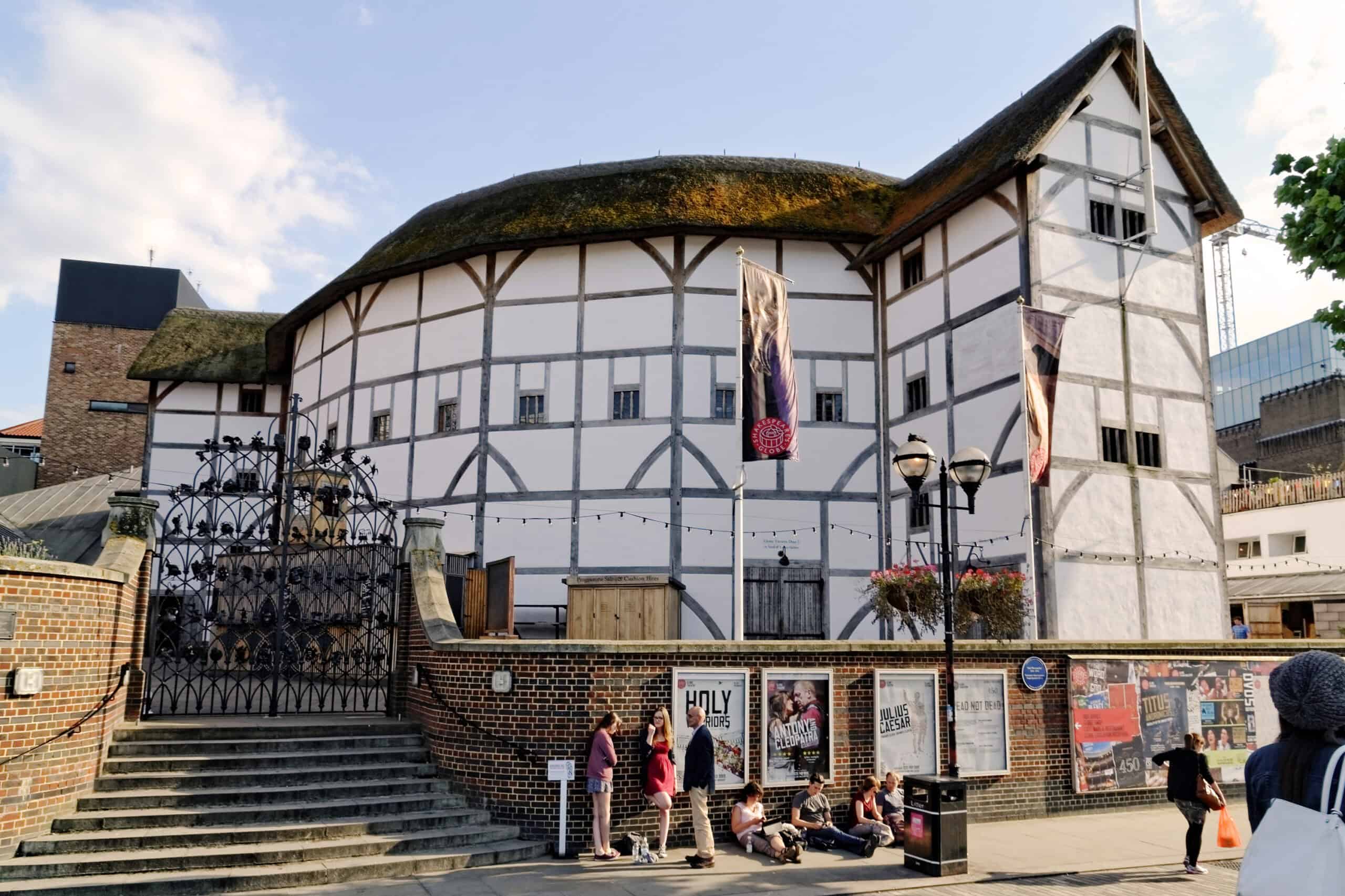
Historic theaters are windows into the cultural past. They offer a glimpse of artistic evolution and architectural splendor. Read more.
8 Rare Star Wars Collectibles Every Fan Should Know About

For many fans, Star Wars isn’t just a movie series; it’s a passion. Collecting memorabilia from this iconic franchise has become a way to own a piece of cinematic history. Read more.
